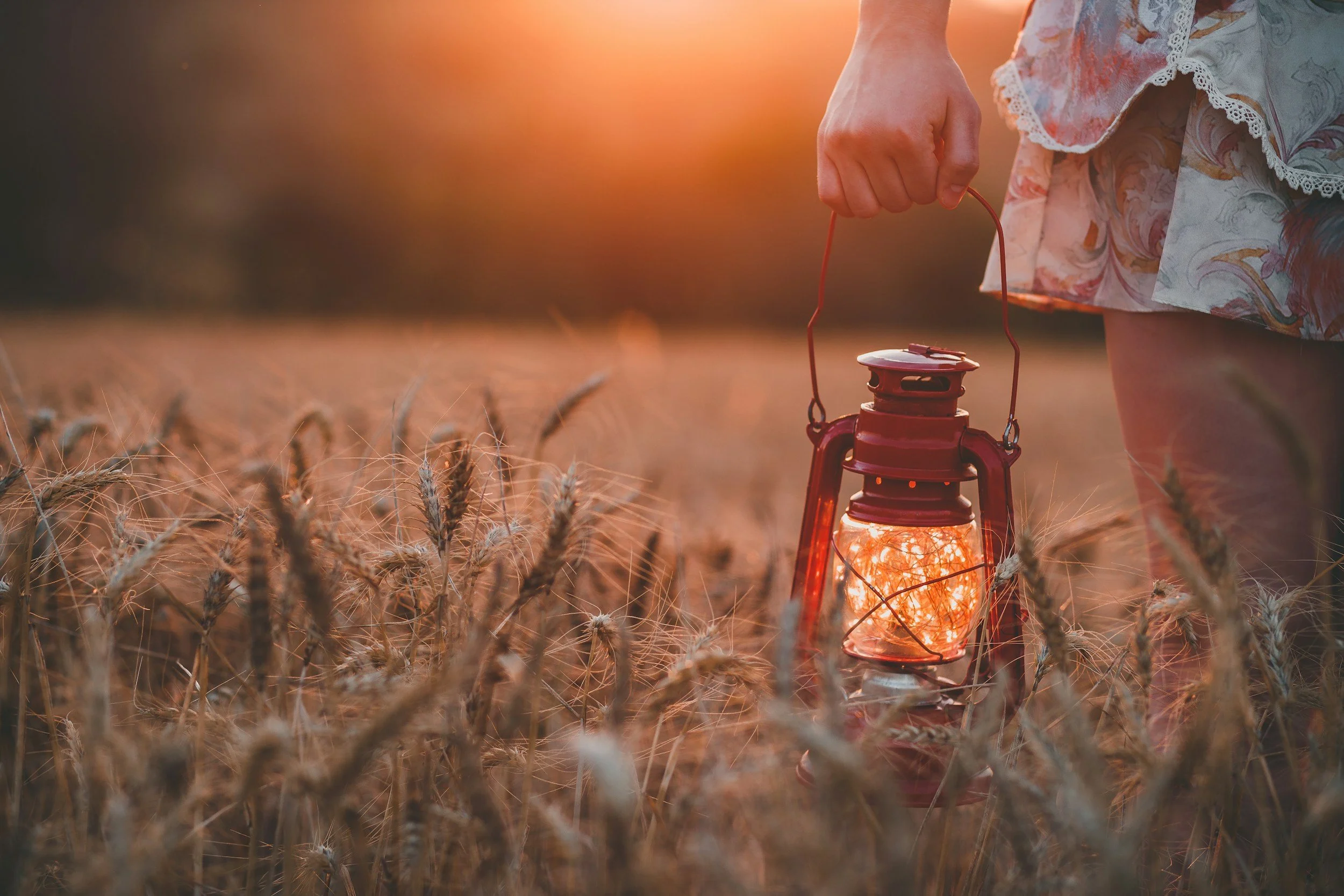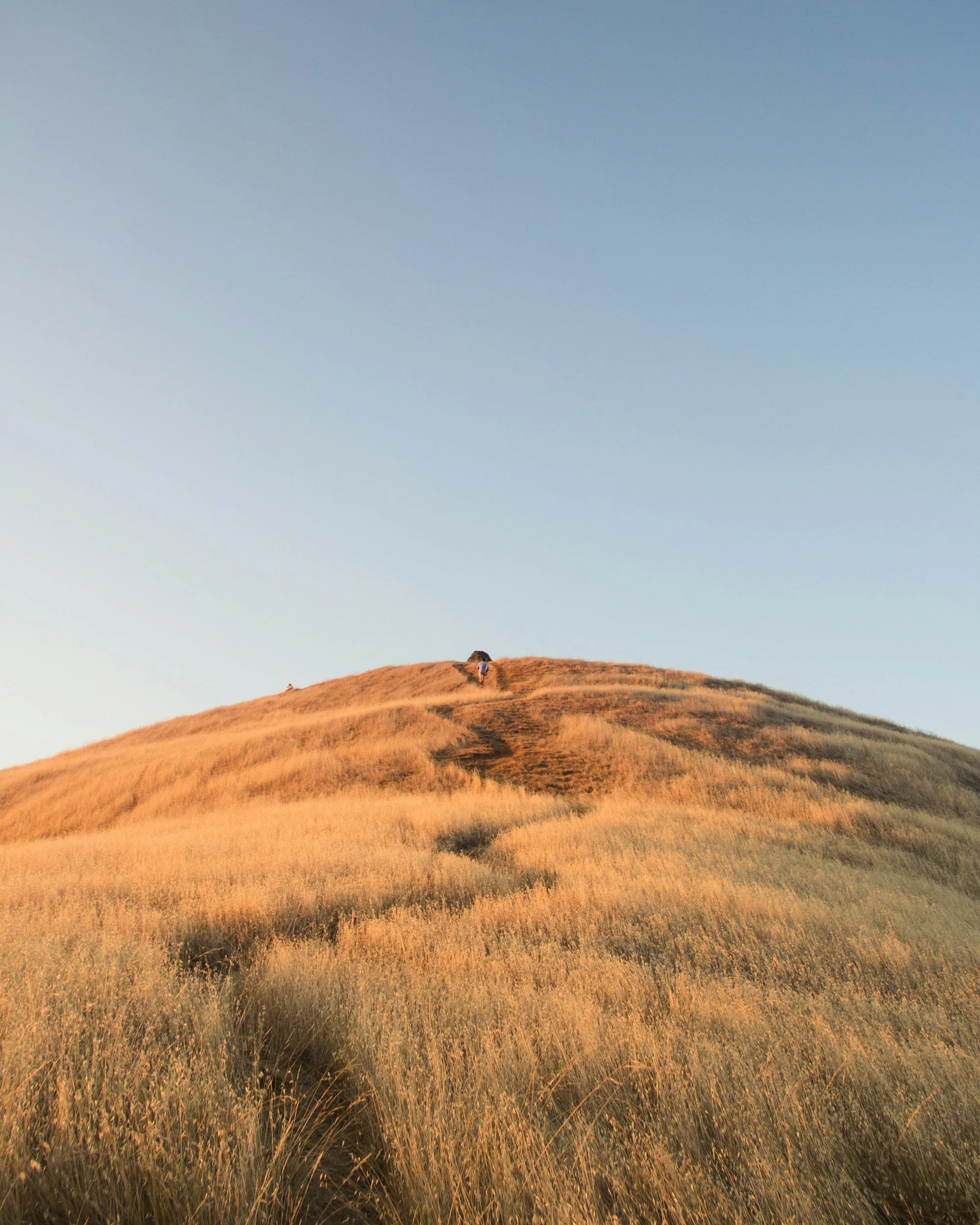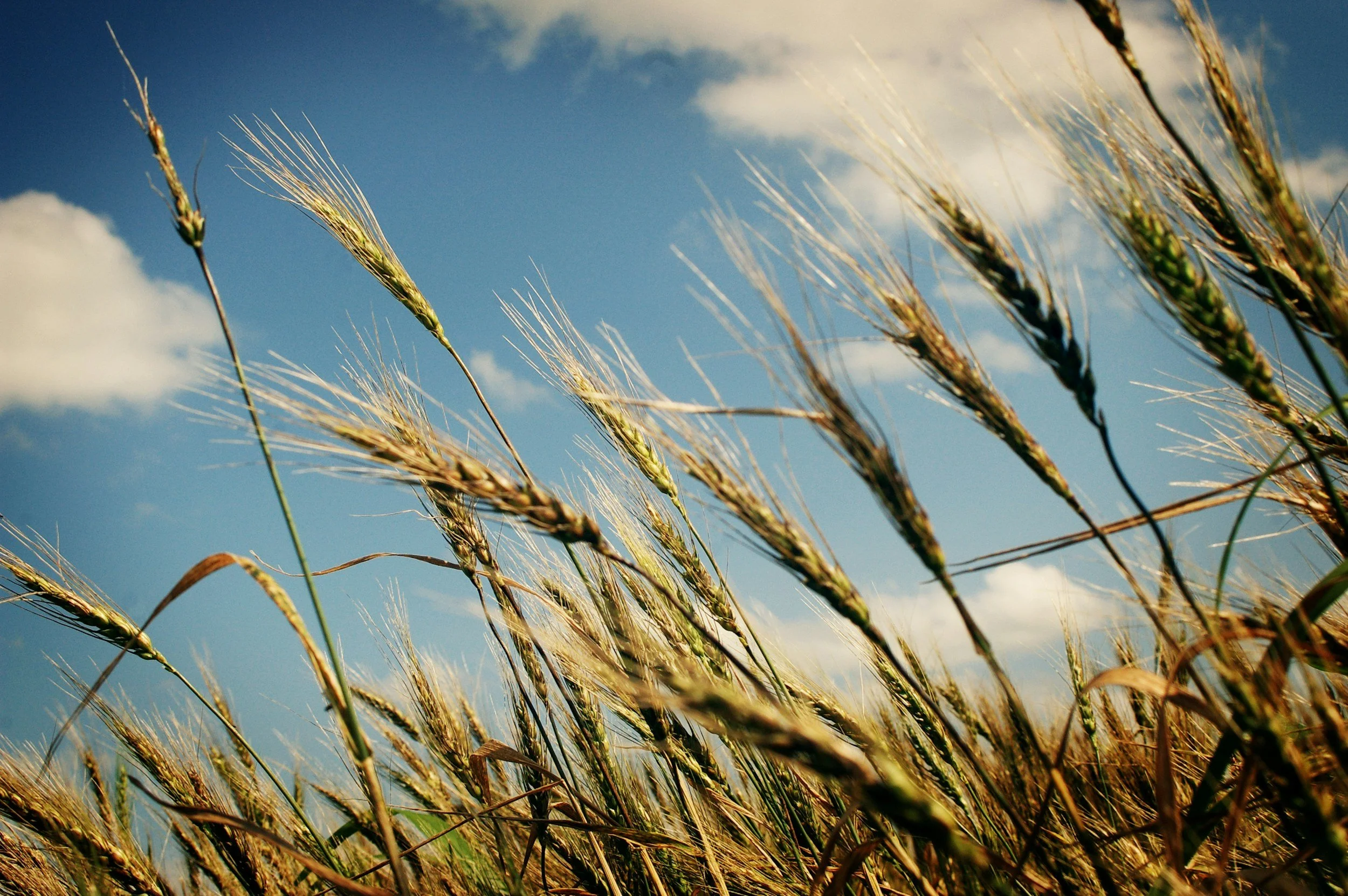
Oat
Oat (Avena sativa)
Oat (Avena sativa) is a nourishing, nervine tonic for tired, frazzled people. The green tops calm the nervous system, support restorative sleep, and help in times of emotional depletion, while the grain soothes dry, irritated skin from the inside out. It’s gentle, food-like medicine, perfect for long-term rebuilding.
Plant family
Poaceae
Other significant names
Porridge oats
Parts used
Stems
Seeds (semen)
Typical forms of prescription
Infusions
Tinctures
Colloidal oatmeal.
Oat (Avena sativa) – Clinical Snapshot
Primary Actions
Neurotrophorestorative
Nervine
Nutritive
Sedative
Antispasmodic
Vulnerary
Diuretic
Antipruritic
Demulcent
Laxative
Antilipidemic
Hypocholesterolaemia
Antidiabetic
Cardiac tonic
Antidepressant
(Note: Some actions apply to specific parts of the plant.)
Primary Indications
Skin issues: Eczema, dry skin, wounds, burns
Nervous system: Neuralgia, anxiety, depression, neuritis, shingles, insomnia, menopausal neurasthenia
General well-being: Convalescence, general debility, withdrawal symptoms (e.g., from tranquilisers or antidepressants)
⚠️Cautions / Safety⚠️
Oat sensitivities
Caution in coeliacs
Avena sativa
Phytochemistry and Pharmacology
-
Includes: Avenacosides
Action: Gently cleansing, mildly expectorant, circulatory tonic
Use: These compounds support healthy metabolism, aid nutrient absorption, and offer mild detoxifying effects, particularly through the skin and kidneys. They also contribute to hormonal balance and have a mild expectorant action when used over time.
-
Includes: Gramine (in trace amounts)
Action: Nervine, antidepressant, mood-stabilising
Use: These alkaloids, present especially in the fresh milky oat tops, nourish the nervous system, making oats a key herb for burnout, exhaustion, and emotional fragility. Milky oats are particularly valued as a rebuilding nervine for the frazzled, depleted, or emotionally sensitive.
-
Action: Tissue tonic, connective tissue strengthener
Use: Silica supports the skin, hair, nails, bones, and connective tissue, reinforcing oat straw’s role as a long-term nutritive tonic in mineral-deficiency states, recovery, and convalescence.
-
Includes: Avenanthramides (unique to oats)
Action: Antioxidant, anti-inflammatory, antihistamine
Use: Avenanthramides are particularly soothing to the skin and nervous system. They reduce itching, inflammation, and histamine reactions, supporting oats’ traditional and modern use in eczema, allergies, and anxiety.
-
Action: Prebiotic, blood sugar balancing, cholesterol-lowering
Use: These soluble fibres help regulate blood sugar, support healthy gut flora, and lower LDL cholesterol. They also contribute to the gentle energy-building effect of oat preparations and are part of why oats are considered so nourishing and stabilising.
-
Includes: Calcium, magnesium, potassium, phosphorus, iron, B vitamins
Action: Nutritive, tonic
Use: Oats are a powerhouse of minerals, making them ideal for supporting the nervous system, muscle function, hormonal health, and general resilience, especially during long-term stress or convalescence.
Traditional use
Oats have a long history of being used as food and medicine, particularly in European folk traditions. The straw was once used to stuff mattresses for people with rheumatism, as its natural warmth and slight anti-inflammatory properties were thought to relieve joint pain. The seeds were eaten as a staple grain but also valued medicinally for skin conditions, convalescence, and even to support those recovering from opium addiction.
Oats have traditionally been viewed as a strengthening and rebuilding herb, offering support to the nervous, digestive, and skin, especially when vitality is low after illness, stress, or nutrient depletion. In folk practice, oat baths were also used to soothe itchy or inflamed skin, including during chickenpox, eczema flare-ups, or wound healing.
Clinical description
In modern herbal medicine, oats are considered one of the most reliable and gentle restoratives for the nervous system. They are used in two primary forms:
Milky oat seed (fresh) – tinctured when unripe and exuding a milky latex; used for acute nervous exhaustion, burnout, and emotional fragility
Oat straw (dried) – used in infusions or decoctions as a long-term tonic for nervous fatigue, anxiety, and physical debility
Oats are rich in silica, magnesium, calcium, and B vitamins, making them deeply nutritive. They help restore the nervous system, which has been depleted by:
Stress
Sleep disturbances
Overwork
Postpartum recovery
Poor nutrition or convalescence
They are beneficial in cases of insomnia, mild depression, low libido due to fatigue, and stress-related digestive upset.
Colloidal oat preparations are a well-known treatment for itchy, dry, or inflamed skin, thanks to their mucilaginous and antipruritic properties. The mucilage also soothes mucous membranes internally, making oats useful in diarrhoea and gut inflammation.
While oat straw and milky oats are sometimes used interchangeably, many herbalists distinguish them:
Milky oats for acute burnout, emotional distress, or high sensitivity
Oat straw for longer-term rebuilding, especially in cases of fatigue, convalescence, or weakened constitutions
Oats are safe, well-tolerated, and suitable for all ages, including children and the elderly, and are a staple in nervine formulas, tonic teas, and skin-soothing preparations.
Cultivation/Harvesting
Oats (Avena sativa) are an easy-to-grow annual grain crop that thrives in cool, temperate climates with moderate rainfall. They grow well in well-drained, loamy soil, but are surprisingly adaptable and can be cultivated in various conditions with minimal fuss.
Sowing:
Sow seeds directly outdoors in early spring, once the soil can be worked. In mild regions, oats can also be sown in late summer for a green manure or autumn oat crops. Broadcast the seed or sow in rows 20–30 cm apart, and rake lightly into the soil.Care:
Oats are low-maintenance but will benefit from consistent moisture during germination and early growth. They grow tall and lush, reaching up to 1.5 metres, and form characteristic loose seed heads in late summer.Harvesting for Herbal Use:
Milky Oat Tops: Harvest when the unripe seed heads exude a white, milky latex when gently pressed with a fingernail—this is the milky stage, typically in mid to late summer. These are best tinctured fresh immediately after harvest, as drying destroys the latex’s nervine compounds.
Oat Straw: Once the seeds harden and ripen, the straw (leaf and stem) can be harvested for drying and infusions. Cut just before full maturity to retain the highest mineral content. Dry in small bundles in a warm, ventilated space.
Grain: For food use, allow the seeds to fully ripen and dry on the stalk before cutting. Thresh and winnow once dry.
Oats are a generous crop that provides both nutritious food and medicine. They also make an excellent soil builder and can be used as a green manure to enrich garden beds.
Key Botanical Features of Oat (Avena sativa)
Growth
Type: Annual grass - Monocot
Size: Typically grows 60–150 cm (2–5 feet) tall.
Stem: Erect, hollow, cylindrical culms, with nodes and internodes.
Leaves
Type: Linear, alternate.
Shape: Long and narrow, with a parallel venation pattern.
Size: Up to 30 cm (12 inches) long.
Margins: Smooth or slightly rough.
Ligule: Membranous, short, and fringed.
Texture: Soft and flexible.
Colour: Bright to bluish-green.
Flowers & Inflorescence
Type: Small, spikelet-based flowers, arranged in loose, open panicles.
Size: Each spikelet is 2–4 cm (0.8–1.6 inches) long.
Colour: Greenish, turning to golden-brown at maturity.
Flower Arrangement: Pendulous spikelet with 2–3 florets each.
Blooming Period: Late spring to summer (May–July).
Pollination: Primarily self-pollinating, but wind also assists.
Fruits & Seeds
Fruit Type: Caryopsis (grain), enclosed within a husk.
Size: 6–12 mm (0.25–0.5 inches) long.
Colour: Golden-yellow to light brown at maturity.
Dispersal: Primarily by harvesting, wind, and animals.
Roots
Type: Fibrous root system, spreading extensively in the soil.
Function: Provides good soil stabilisation and helps prevent erosion.
Habitat & Growth Conditions
Climate: Prefers cool temperate climates.
Soil: Grows best in well-drained, loamy soils, but tolerates a wide range of soil types.
Sunlight: Requires full sun for optimal growth.
Water Requirements: Moderate water needs, drought-tolerant once established.
Distribution: Widely cultivated worldwide, originally from Eurasia.
Sustainability/conservation
Widely cultivated.






Sources
Bartram, T. (1998). Bartram’s encyclopedia of herbal medicine. Constable.
Fisher, C. (2018). Materia medica of western herbs (Rev. ed.). Aeon Books.
Hedley, C., & Shaw, N. (2020). A herbal book of making and taking. Aeon Books.
Hoffmann, D. (2003). Medical herbalism: The science and practice of herbal medicine. Healing Arts Press.
McIntyre, A. (2019). The complete herbal tutor (Revised & expanded ed.). Aeon Books.
Royal Botanic Gardens, Kew. (n.d.). Plants of the World Online. https://powo.science.kew.org/
Mills, S., & Bone, K. (2013). Principles and practice of phytotherapy: Modern herbal medicine (2nd ed.). Churchill Livingstone; Elsevier.
Barnes, J., Anderson, L. A., & Phillipson, J. D. (2013). Herbal medicines (3rd ed.). Pharmaceutical Press.
Benzie, I. F. F., & Wachtel-Galor, S. (Eds.). (2011). Herbal medicine: Biomolecular and clinical aspects (2nd ed.). CRC Press; Taylor & Francis.
Evans, W. C. (2009). Trease and Evans’ pharmacognosy (16th ed.). Elsevier.
Disclaimer: This page is for educational purposes only. Consult a qualified medical herbalist before using herbs, especially during pregnancy, when trying to conceive, while breastfeeding, for medical conditions, or with children.
Read the full disclaimer → Medical Disclaimer.





